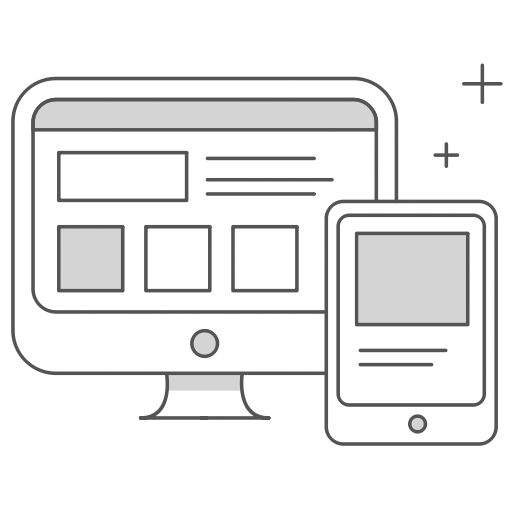Seven Steps to Building a Data-Driven Culture in Higher Education
What we are hearing
At Datatelligent, we spend hours a day listening to all our customers in Higher Education. In the listening, we hear a lot of recurring concerns and themes. Here are just a few things we hear:
- “Traditionally, we’ve had strong student retention, but lately, it’s trending downwards, and we want to know why.”
- “We want to know who our students are and find out the kind of students who succeed in our programs, but we don’t know where to start.”
- “We need to identify at-risk students better and faster so we can get them the resources they need before it’s too late.”
- “We like to say we’re an institution that makes data-informed decisions, but in reality, we don’t look at the data because we don’t have an easy way to look at data.”
- “We need to simplify data visualization. We need dashboards that tell our people, ‘Here’s what you need to know.'”
- “We know we have the answers in our data, and we talk about unifying data so we can build the analytics we need to understand our students, but we have systems everywhere, and we don’t have the big-dollar budget to integrate them.”
When we hear this, we know we’re talking to customers on the journey to building a data-driven culture at their institutions. They are experiencing growing pains. Being good listeners, the team here at Datatelligent wants to minimize the pain and speed up the growth.
Building a data-driven culture
We hosted a recent webinar with Debbie Phelps at Cowley College, Executive Director of Institutional Effectiveness and proud “office of one.” Debbie explained how she, with limited resources, built a data-driven culture where they truly make data-informed decisions.
Debbie started with a plan and made Datatelligent a partner in their journey. Our team and our solutions played their part, but Debbie was the driving force behind the journey to being data-driven. Here’s how they did it.
1. leadership commitment and vision
- Leadership Buy-in: Without this, the plan to build a data-driven culture goes nowhere. University leaders, including administrators, deans, and department heads, must champion the importance of data-informed decision-making. Their commitment sets the tone for the entire institution.
- Vision Statement: Develop a clear vision statement that emphasizes the value of data-driven practices. Communicate this vision consistently to your team.
2. Infrastructure and data systems
- Data Governance: Establish robust data governance practices. Define roles, responsibilities, and processes for data management. Ensure data security, privacy, and compliance. This takes a lot of work, but our customers, like Cowley College, who do this, see bottom-line lasting benefits and improve the success of their students – the real reason behind what we do.
- Integrated Systems: Invest in systems that allow seamless data integration. Siloed data inhibits effective decision-making. This is where the Datatelligent Platform for Higher Education really helps you build your data-driven culture.
3. Data Literacy Training
- Training Programs: So many institutions make the mistake of taking a “build it and they will come” approach. Not Cowley College, and not Datatelligent customers. We always advise and help you design regular workshops and training sessions on data literacy. Your team should understand basic statistical concepts, data visualization, and interpretation.
- Department-Specific Training: Don’t forget to tailor training to specific roles (e.g., admissions, student services, finance). Each department has unique data needs.
4. Transparency and Communication
- Transparency: This is an essential part of your governance and security plan. Also, make it a part of the training. Be patient about data sources, methodologies, and limitations. Your team should know where the data comes from and how it’s processed.
- Regular Updates: This ensures everyone is on the same page in a data-driven culture. Provide timely updates on institutional performance metrics. Dashboards and reports should be accessible to all team members.
- Feedback Loop: Just as Datatelligent listens to customers, as a data steward of your institution, it’s important to listen to your “customers.” Encourage your team to provide feedback on data quality and usability. Act on their insights.
5. Data-driven decision-making processes
- Define Key Metrics: Key performance indicators (KPIs) relevant to each department. For admissions, it might be enrollment rates; for student services, retention rates; for advisement, identifying the students at risk and designing academic plans that ensure student success.
- Use Cases: Illustrate real-world scenarios where good data and data visualizations influenced decisions. Share success stories to inspire everyone.
- Cross-Functional Collaboration: Encourage collaboration across departments. Data insights often emerge at the intersection of disciplines. If you get the chance to talk to your peers at Cowley College, this is something they do well.
6. Ethical Considerations
- Privacy and Consent: Your team should understand the ethical implications of handling student data. Ensure compliance with privacy laws (e.g., FERPA). This has remained constant, and hyper-vigilance is needed as AI tools are rolled out to enhance analytics.
- Bias Awareness: Train your team to recognize and mitigate biases in data analysis. Ethical use of predictive models is critical, especially now that we have entered the age of AI, which, not surprisingly, mimics the same biases as its human counterparts.
7. Continuous Improvement
- Assessment: Regularly assess the effectiveness of data-informed practices. Are we moving the needle on student retention? Are we identifying students at risk sooner? Are decisions improving? Is your team using data effectively?
- Celebrate Wins: We encourage all our customers to do, acknowledge, and celebrate instances where data-informed decisions lead to positive outcomes. Recognize every team member’s contributions.
Conclusion
We have learned from our customers at Datatelligent that building a data-informed culture is a long but rewarding journey. It requires collaboration, adaptability, and a shared commitment to student success – the real motivation behind what we do. By empowering your team with data literacy and fostering a culture of curiosity, colleges, and universities can thrive in an increasingly data-driven world that will soon have jet-fueled added to the engines once AI tools catch up with the rest of us data-driven thinkers.






